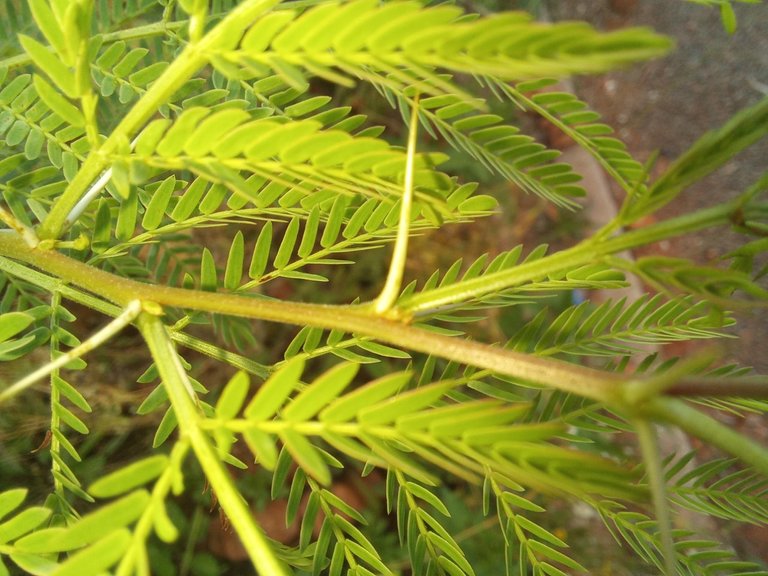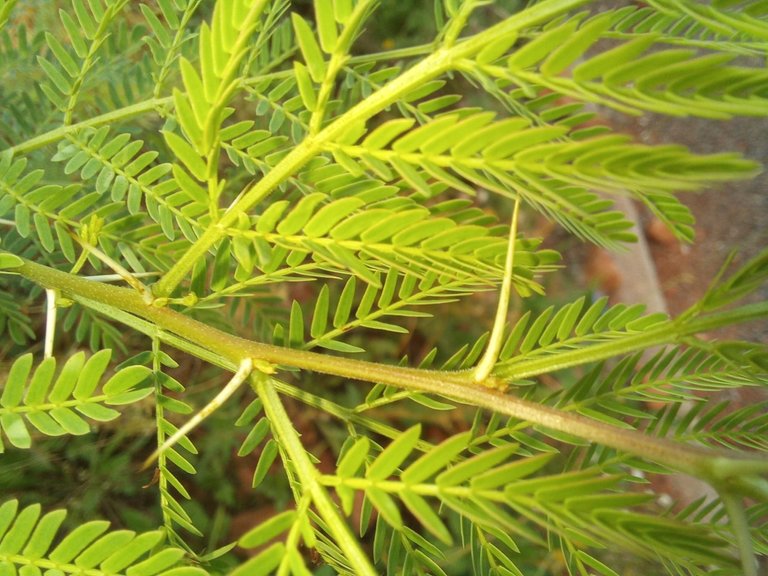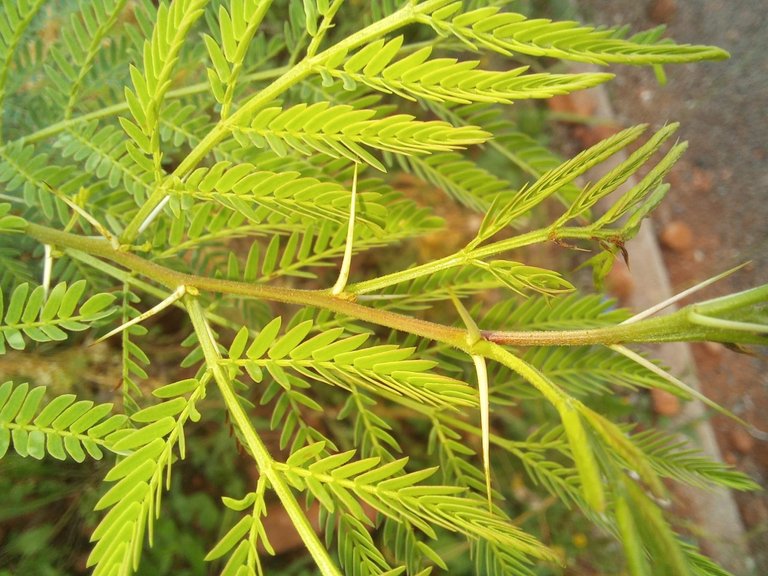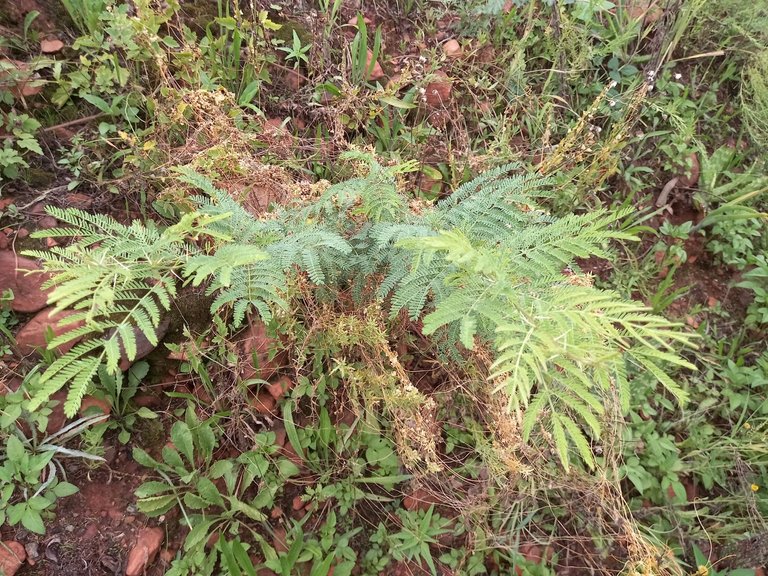You Thorny Devi!
Hey everyone, one of my favourite trees are acacia Tree's they have such incredible bright greem/yellow features two of my favourite colours!


From Wikipedia, the free encyclopedia
Jump to navigationJump to search
For other uses, see Acacia (disambiguation).
For the former broader circumscription, see Acacia sensu lato.
Acacia
Acacia penninervis (5368395701).jpg
A. penninervis
Scientific classificatione
Kingdom: Plantae
Clade: Tracheophytes
Clade: Angiosperms
Clade: Eudicots
Clade: Rosids
Order: Fabales
Family: Fabaceae
Clade: Mimosoideae
Tribe: Acacieae
Genus: Acacia
Martius (1829)
Type species
Acacia penninervis
DC.
Species
List of Acacia species
Acacia Distribution Map.svg
Range of the genus Acacia
Synonyms
Adianthum Burm.f. (1768)[1]
Acacia sect. Phyllodineae DC. (1825)[2]
Phyllodoce Link (1831) non Salisb. (1806)
Racosperma Mart. (1835)
Cuparilla Raf. (1838)
Drepaphyla Raf. (1838)
Hecatandra Raf. (1838)
Zigmaloba Raf. (1838)
Chithonanthus Lehm. (1842)
Tetracheilos Lehm. (1848)
Arthrosprion Hassk. (1855)
Delaportea Thorel ex Gagnep. (1911)
Acacia fasciculifera shoot, showing phyllodes on the pinnate leaves, formed by dilation of the petiole and proximal part of the rachis[3]
Acacia, commonly known as the wattles or acacias, is a large genus of shrubs and trees in the subfamily Mimosoideae of the pea family Fabaceae. Initially, it comprised a group of plant species native to Africa and Australasia, but is has now been limited to contain only the Australasian species. The genus name is New Latin, borrowed from the Greek ἀκακία (akakia), a term used by Dioscorides for a preparation extracted from the leaves and fruit pods of Vachellia nilotica, the original type of the genus.[4] In his Pinax (1623), Gaspard Bauhin mentioned the Greek ἀκακία from Dioscorides as the origin of the Latin name.[5]
In the early 2000s it had become evident that the genus as it stood was not monophyletic and that several divergent lineages needed to be placed in separate genera. It turned out that one lineage comprising over 900 species mainly native to Australia, New Guinea, and Indonesia was not closely related to the much smaller group of African lineage that contained A. nilotica—the type species. This meant that the Australasian lineage (by far the most prolific in number of species) would need to be renamed. Botanist Leslie Pedley named this group Racosperma, which received little acclaim in the botanical community. Australian botanists proposed a less disruptive solution setting a different type species for Acacia (A. penninervis) and allowing this largest number of species to remain in Acacia, resulting in the two African lineages being renamed Vachellia and Senegalia, and the two New World lineages renamed Acaciella and Mariosousa.[6] Although many botanists still disagreed that this was necessary, this solution was eventually officially adopted at the Melbourne International Botanical Congress in 2011.
Acacia remains a widely used common name across genera.
A number of species have been introduced to various parts of the world, and two million hectares of commercial plantations have been established.[7] The heterogeneous group[8] varies considerably in habit, from mat-like subshrubs to canopy trees in forest.[9]
Contents
1 Taxonomy
1.1 Etymology
1.2 Species
2 Evolution
3 Fossil record
4 Distribution and habitat
5 Description
6 Uses
6.1 Cultivation
6.2 Toxicity
7 References
8 External links
Taxonomy
The genus was first validly named in 1754 by Philip Miller.[10] In 1913 Nathaniel Lord Britton and Addison Brown selected Mimosa scorpioides L. (≡ Acacia scorpioides (L.) W.Wight = Acacia nilotica (L.) Delille), a species from Africa, as the lectotype of the name.[11] The genus as recognized in 1986 contained 1352 species. That year however, Pedley published a paper in which he questioned the monophyletic nature of the genus, and proposed a split into three genera: Acacia sensu stricto (161 species), Senegalia (231 species) and Racosperma (960 species), the last name first proposed in 1829 by Carl Friedrich Philipp von Martius as the name of a section in Acacia,[12] but raised to generic rank in 1835.[13][14][15] In 2003, Pedley published a paper with 834 new combinations in Racosperma for species, most of which were formerly placed in Acacia.[2] All but 10 of these species are native to Australasia, where it constitutes the largest plant genus.[8]
In 2003, Anthony Orchard and Bruce Maslin filed a proposal to conserve the name Acacia with a different type in order to retain the Australasian group of species in the genus Acacia.[15] Following a controversial decision to choose a new type for Acacia in 2005, the Australian component of Acacia s.l. now retains the name Acacia.[16][17] At the 2011 International Botanical Congress held in Melbourne, the decision to use the name Acacia, rather than the proposed Racosperma for this genus, was upheld.[18][19] Other Acacia s.l. taxa continue to be called Acacia by those who choose to consider the entire group as one genus.[19]
Australian species of the genus Paraserianthes s.l. are deemed its closest relatives, particularly P. lophantha.[20] The nearest relatives of Acacia and Paraserianthes s.l. in turn include the Australian and South East Asian genera Archidendron, Archidendropsis, Pararchidendron and Wallaceodendron, all of the tribe Ingeae.[21]
Etymology
The origin of "wattle" may be an Old Teutonic word meaning "to weave".[22] From around 700 A.D. watul was used in Old English to refer to the interwoven branches and sticks which formed fences, walls and roofs. Since about 1810 it refers to the Australian legumes that provide these branches.[22]
Species
See also: List of Acacia species
One species of Acacia (sensu stricto) is native to Madagascar, one to Reunion island, 12 to Asia, and the remaining species (over 900) are native to Australasia and the Pacific Islands.[16] These species were all given combinations by Pedley when he erected the genus Racosperma, hence Acacia pulchella, for example, became Racosperma pulchellum. However these were not upheld with the retypification of Acacia. More here as per wikipedia.org https://en.wikipedia.org/wiki/Acacia

These pics I took on a walk on the wildside whilst visiting my son in Wonderboom South. Back at home I have a few of these beauties as bonsai Tree's which are totally gorgeous too. Thorny, 'dangerous', gorgeous!


Nature the incredible!
May you have the most incredible Sunday! Love and light, be blessed!
Cheer$:)